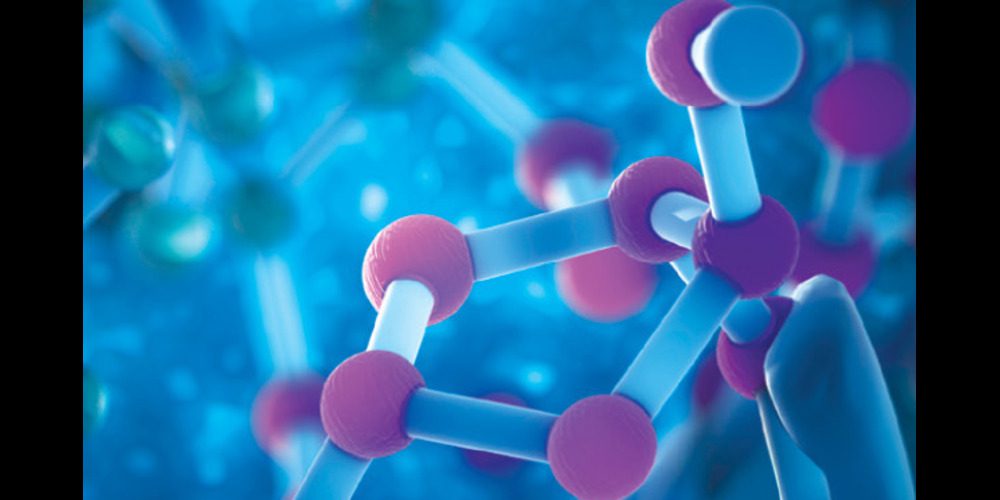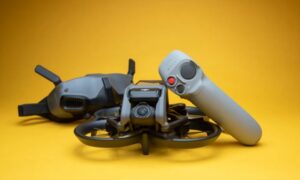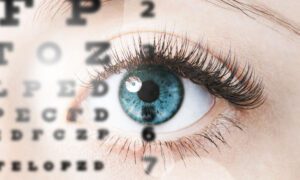In an era where personalized medicine is breaking new ground and redefining the boundaries of healthcare, precision biomaterial testing is emerging as an indispensable frontier. Cutting-edge technology has triggered a monumental shift in our approach towards prosthetic design, enabling engineers and medical professionals to create devices that are not just biocompatible, but precisely tailored to an individual’s unique physiological profile.
In this article:
- A deep dive into the state-of-the-art technologies and methodologies that have revolutionized biomaterial testing, elevating the standards of prosthetic devices to unprecedented levels of personalization and compatibility.
- An analysis of it is not only shaping the future of prosthetic development but is also a significant driving force in the broader spectrum of personalized medicine, making healthcare solutions more effective and tailored to individual needs.
- Presentation of real-world applications and success stories within the prosthetic field that underscore the transformative potential and the tangible benefits of applying it in creating next-generation prosthetics.
The Revolution of Personalization in Prosthetics
The quest for better prosthetic limbs has been spurred on by an unrelenting drive to enhance not just functionality, but the quality of life for individuals who rely on these devices. The past witnessed a focus on biomechanical aspects. However, today’s cutting-edge prosthetics are a realization of personalized medicine at its best, where the individual’s characteristics are the blueprint for limb design.
The rise of it has been pivotal in this shift, as it allows for a comprehensive understanding of how materials interact with the human body at a cellular level, ensuring that the prosthesis is not only structurally sound but also bio-compatible.
The Transition to a Personalized Approach
Gone are the days of one-size-fits-all; today, prosthetics are crafted to harmonize with the user’s unique anatomical structure, movement patterns, and rehabilitation needs. Laboratories equipped with state-of-the-art testing technology are at the forefront of customizing the form and function of prosthetic devices, ensuring a seamless integration with the user’s lived experience.
Unveiling the Power of Precision Tensile Specimen Analysis
Precision is the hallmark of biomaterial testing. When creating prosthetics that mimic human tissues and bear mechanical loads akin to those found in the body, precision is not just desirable—it’s critical. The Prosthetic industry is finding solutions in the form of Precision Tensile Specimen Analysis, which allows for a meticulous assessment of material properties, such as tensile strength, elastic modulus, and elongation to fracture, to emulate real-world tissue behavior under stress.
The Method Behind the Tension
The process of precision tensile specimen analysis involves subjecting a small, shaped sample of it to uniaxial tension in a controlled environment. This straightforward process yields data that is invaluable in the refinement of prosthetic materials, helping to engineer devices that endure the wear and tear of everyday life for an extended period, which is essential for their long-term functionality within the human body.
The Marriage of Material Science and Medical Excellence
Prosthetic limbs belong to a realm where material science meets medical excellence. Modern prosthetics aren’t mere tools—they are sophisticated devices embodying the latest bio-material research, which enables them to function nearly like their human counterparts.
The Role of Univert Biomaterials Testing Technology
Univert Biomaterials Testing Technology is a state-of-the-art system at the vanguard of this revolution, providing unparalleled accuracy and repeatability in material testing. This allows for a thorough understanding of how synthetic materials interact with the biological environment, paving the way for the development of prosthetics that are more lifelike, durable, and safe.
Wear Comfort and Longevity – The Enduring Phases of Prosthetic Development
One of the most significant challenges in prosthetic development has been achieving a balance between wear comfort and longevity. Patients require prosthetics that feel like a natural extension of their body, while remaining free of complications or the need for frequent repairs.
A Material for All Seasons
This delicate balance is being achieved through meticulous testing using Univert Biomaterials Testing Technology, which facilitates the scrutiny of materials under conditions that simulate in-vivo environments. By ensuring that prosthetic materials can withstand the rigors of daily use, the technology is contributing to the development of devices that offer both comfort and durability.
The Art of Sensation: Incorporating Touch in Prosthetic Limbs
Recent years have seen an increased focus on replicating sensation in prosthetic limbs, bestowing the user with a more intimate and efficient use of the device. This sensory integration is a result of close collaboration between experts and sensory engineering specialists.
Touch and Feel Replication
Prosthetic devices are now being embedded with touch-sensitive materials, and Precision. It is instrumental in evaluating the performance of these materials against touch and feel benchmarks. By mimicking the tactility and response of natural skin, these advances are enabling a new level of sensory feedback, empowering users with enhanced control and proprioception.
The Integration of Smart Technologies in Prosthetics
Prosthetics are becoming smarter, thanks to advances in sensor technology. The integration of smart features not only enhances the user experience but also provides valuable data for healthcare professionals to track and optimize the performance of the prosthesis.
Intelligent Device Design
It is employed to evaluate the efficacy of sensors and smart materials in prosthetics. By testing the durability and responsiveness of these components, engineers can ensure that the end product meets the high standards of functionality and reliability that are expected.
Adherence to Ethical and Safety Norms in Prosthetic Development
The pursuit of innovation in prosthetic design must be coupled with a commitment to ethical and safety norms. It plays a crucial role in ensuring that the materials used in prosthetics are not only effective but also safe for the patient.
Rigorous Quality Assurance
It offers a suite of testing protocols designed to assess the biocompatibility and safety of materials for use within the human body. From cytotoxicity evaluations to implant simulation studies, these tests are a standard procedure in the development of prosthetic materials, reinforcing the industry’s commitment to patient safety and well-being.
Streamlining the Prosthetic Design Process with Biomaterial Testing
Traditionally, the development of prosthetic devices has been a time-consuming endeavor. However, it is streamlining the design process, significantly reducing the time it takes to bring a new prosthetic concept to market.
Accelerating Innovation
By providing engineers with precise data on material performance, testing technology shortens the iteration cycles in the design workflow. This allows for rapid prototyping, testing, and refinement, enabling quicker and more efficient innovation in prosthetic design.
Looking to the Future: Where Prosthetics Meet Next-Gen Biomaterials
The future of prosthetic design is at the intersection of cutting-edge biomaterials and sophisticated technology. As researchers continue to push the boundaries of material science, the potential for next-generation prosthetics seems limitless.
The Promise of 3D Printing in Prosthetics
The emergence of 3D printing technology has opened up new avenues for custom prosthetic design. Print-on-demand prosthetics are no longer a futuristic concept but are becoming a reality due to the precision of 3D printing processes guided by insights from it.
Final Word
In conclusion, the intersection of advanced biomaterials testing and prosthetic design heralds a new era in medical technology, where devices are not just replacements for lost limbs but sophisticated extensions of the human body. Through the meticulous application of Univert Biomaterials Testing Technology, the field is witnessing unprecedented advancements in comfort, longevity, and sensory integration in prosthetics.
These developments not only promise to enhance the quality of life for users but also signify a remarkable leap forward in our capacity to replicate and restore natural human functions. For those who seek a deeper understanding of this revolutionary progress and wish to stay abreast of the latest developments, we invite you to explore further details by visiting our website at https://www.cellscale.com. Here, we continue to share insights, breakthroughs, and innovations that shape the future of prosthetic technology and biomaterial science.
Read More From Techbullion



































